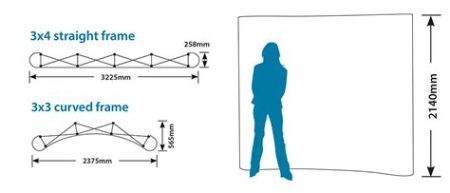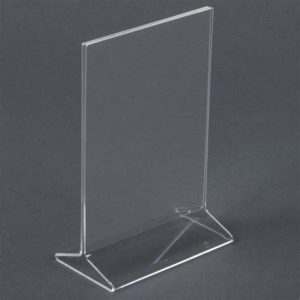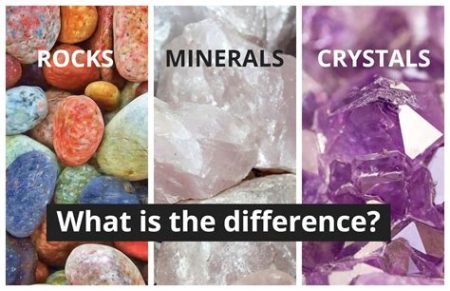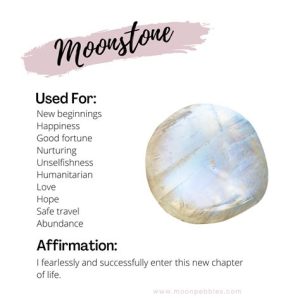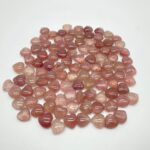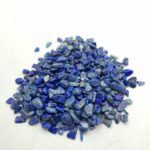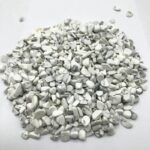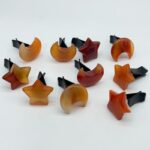Introduction
Quartz geodes are captivating geological formations that have enthralled collectors and enthusiasts for centuries. Their unique beauty, captivating crystal interiors, and diverse applications have made them highly sought-after specimens. This comprehensive guide delves into the fascinating world of quartz geodes, exploring their formation, properties, types, and potential applications in 2025 and beyond.
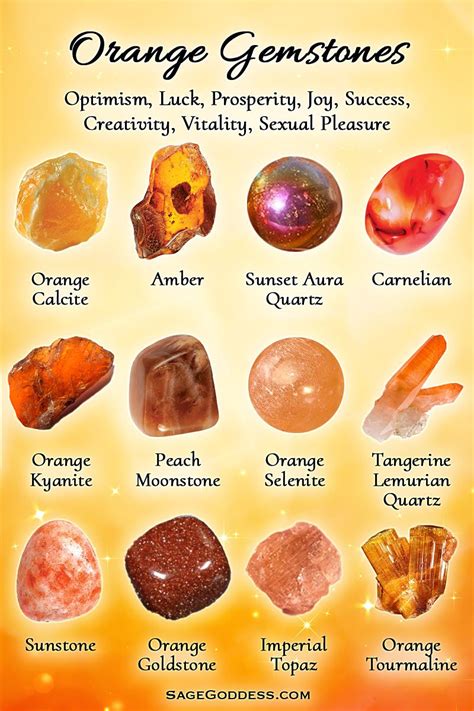
Formation of Quartz Geodes
Quartz geodes are formed through a complex process that involves the cooling of volcanic lava. As molten lava cools rapidly, gas bubbles form within the rock. Over time, these bubbles become lined with crystals, forming the interior cavity of the geode. The crystals continue to grow inward, creating stunning and intricate patterns.
Types of Quartz Geodes
Quartz geodes exhibit a wide range of colors, sizes, and crystal formations. Some of the most common types include:
- Amethyst Geodes: These geodes feature deep purple to violet amethyst crystals.
- Agate Geodes: Characterized by concentric bands of chalcedony, a type of quartz.
- Citrine Geodes: Known for their golden yellow to orange crystals.
- Rose Quartz Geodes: Displaying delicate pink to rose-colored crystals.
- Clear Quartz Geodes: Featuring transparent crystals that allow light to pass through.
Properties of Quartz Geodes
Quartz geodes possess remarkable properties that contribute to their allure:
- Piezoelectricity: Quartz crystals generate an electrical charge when subjected to mechanical stress, making them useful in electronic devices.
- Optical Properties: Their transparent and reflective nature enables them to be used in optical applications such as lenses and prisms.
- Hardiness: Quartz is one of the hardest minerals on Earth, making geodes highly durable.
- Metaphysical Beliefs: Some believe quartz geodes have healing and spiritual properties, contributing to their popularity in holistic practices.
Comparison: Natural Quartz Geodes VS Synthetic Quartz Geodes
While natural quartz geodes are formed through geological processes, synthetic quartz geodes can be created in a laboratory. Here’s a comparison:
- Formation: Natural geodes form in nature, while synthetic geodes are produced in controlled laboratory conditions.
- Crystals: Natural geodes have unique crystal patterns, while synthetic geodes may have more uniform crystal formations.
- Availability: Natural geodes are more limited in supply, while synthetic geodes can be mass-produced.
- Cost: Natural geodes are generally more expensive due to their scarcity.
Applications of Quartz Geodes in 2025 and Beyond
The applications of quartz geodes are expected to expand in the future, particularly in the following areas:
- Electronics: Piezoelectric properties make quartz geodes valuable in sensors, actuators, and medical imaging devices.
- Optics: Their optical clarity and refractive index enable them to be used in lenses, prisms, and optical fibers.
- Jewelry and Decorative Arts: Quartz geodes are prized for their aesthetic beauty in jewelry, home décor, and art installations.
- New Applications: Innovative uses for quartz geodes are continually being explored, such as in energy storage and as a source of quartz crystal powder.
How to Use Quartz Geodes
In addition to their decorative and spiritual uses, quartz geodes can also be incorporated into various applications:
- Jewelry Making: Create stunning pendants, earrings, and rings adorned with quartz crystals.
- Home Décor: Enhance the ambiance of your living space with quartz geodes as centerpieces, lamps, or wall hangings.
- Energy Work: Place quartz geodes in meditation spaces or near energy centers to promote balance and healing.
- Aquascaping: Add a touch of natural beauty to aquariums by incorporating quartz geodes as decorative elements.
Effective Strategies for Using Quartz Geodes
To maximize the benefits of quartz geodes, consider the following strategies:
- Choose the Right Size: Select geodes that are appropriate for the intended use or space.
- Clean Regularly: Gently clean geodes with a soft brush or cloth to remove dust and debris.
- Consider Placement: Place geodes in areas where they will receive ample sunlight or light to enhance their visual impact.
- Charge Regularly: Some believe that quartz geodes need to be charged periodically by exposing them to sunlight or moonlight to restore their energy.
Conclusion
Quartz geodes are captivating geological wonders that offer a glimpse into the Earth’s geological processes. Their unique beauty, captivating crystal interiors, and diverse applications make them highly sought-after specimens. As we delve deeper into the future, the potential applications of quartz geodes are expected to expand, offering exciting possibilities in electronics, optics, jewelry, and other fields. Whether you’re a collector, enthusiast, or simply appreciate the natural world, quartz geodes continue to fascinate and inspire.




